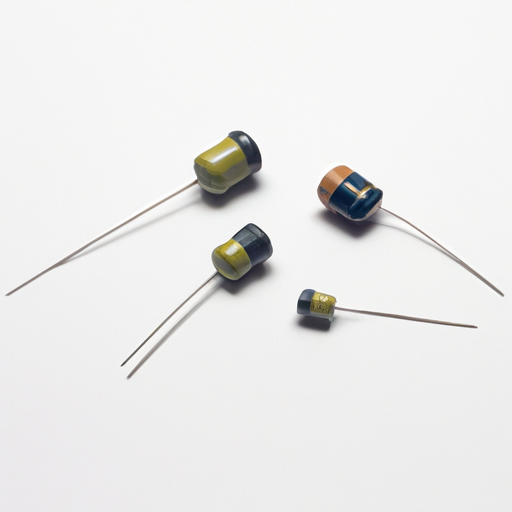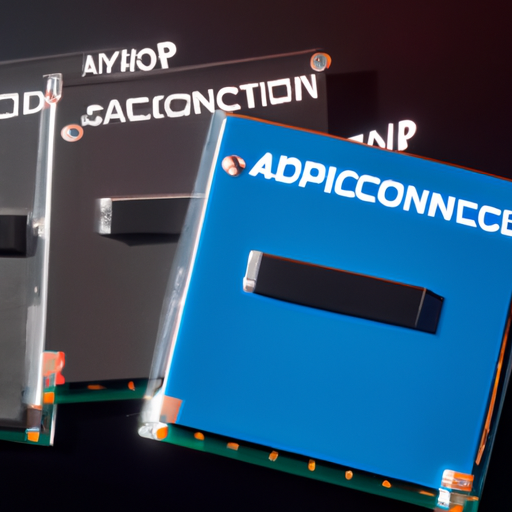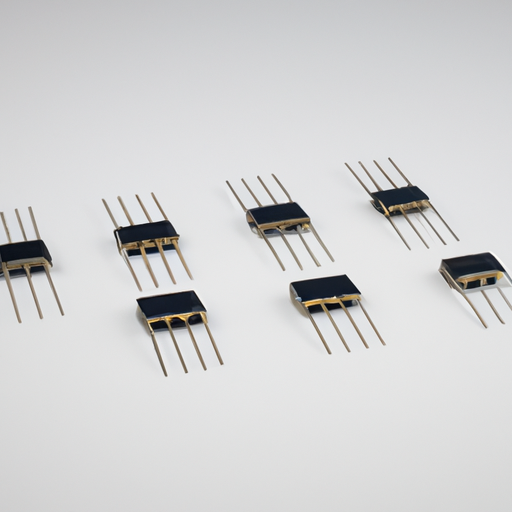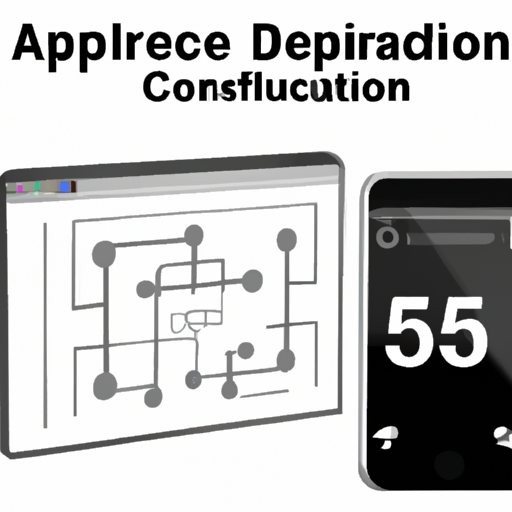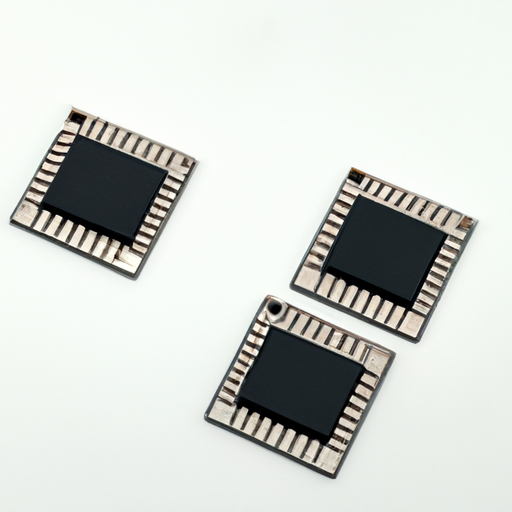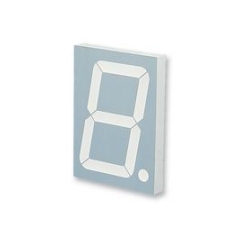What are the characteristics of popular inductors?
What are the Characteristics of Popular Inductors?
I. Introduction
Inductors are passive electronic components that store energy in a magnetic field when electrical current flows through them. They play a crucial role in various electronic circuits, serving functions such as filtering, energy storage, and signal processing. Understanding the characteristics of inductors is essential for engineers and hobbyists alike, as it helps in selecting the right inductor for specific applications. This article aims to explore the fundamental principles of inductance, the different types of inductors, their key characteristics, applications, and selection criteria.
II. Basic Principles of Inductance
A. Explanation of Inductance
Inductance is defined as the property of an electrical conductor that opposes a change in current. It is measured in henries (H), where one henry is the inductance that induces one volt when the current changes at a rate of one ampere per second. The relationship between current and magnetic fields is fundamental to understanding inductors. When current flows through a coil of wire, it generates a magnetic field around it. If the current changes, the magnetic field also changes, inducing a voltage that opposes the change in current, according to Lenz's Law.
B. Inductor Behavior in AC and DC Circuits
Inductors behave differently in alternating current (AC) and direct current (DC) circuits. In AC circuits, inductors exhibit reactance, which is the opposition to the flow of alternating current. The reactance increases with frequency, making inductors useful in filtering applications. In DC circuits, once the current reaches a steady state, the inductor behaves like a short circuit, allowing current to flow freely. However, during the transient phase when the current is changing, the inductor resists the change, which can be critical in circuit design.
III. Types of Inductors
A. Air-Core Inductors
Air-core inductors are coils of wire wound in the air without any magnetic core. They are characterized by low inductance values and are often used in high-frequency applications due to their minimal losses. The main advantage of air-core inductors is their linearity and low distortion, making them ideal for RF applications. However, they have lower inductance per unit length compared to core inductors, which can be a disadvantage in some applications.
B. Iron-Core Inductors
Iron-core inductors use a ferromagnetic core to increase inductance. The core material enhances the magnetic field, allowing for higher inductance values in a smaller size. These inductors are commonly used in power supplies and transformers. The main disadvantage is that they can saturate at high currents, leading to a loss of inductance and potential overheating.
C. Ferrite-Core Inductors
Ferrite-core inductors utilize ferrite materials, which are ceramic compounds that exhibit magnetic properties. They are widely used in high-frequency applications due to their high permeability and low losses. Ferrite cores can handle higher frequencies than iron cores, making them suitable for RF applications. However, they can also saturate, and their performance can be affected by temperature changes.
D. Toroidal Inductors
Toroidal inductors are wound in a doughnut-shaped core, which helps contain the magnetic field and reduce electromagnetic interference. They are highly efficient and have a compact design, making them popular in power supply applications. The main disadvantage is that they can be more expensive to manufacture compared to other types of inductors.
E. Variable Inductors
Variable inductors allow for adjustable inductance values, making them versatile for tuning applications. They are commonly used in radio frequency circuits and oscillators. The main advantage is their flexibility, but they can be more complex and may have lower stability compared to fixed inductors.
IV. Key Characteristics of Popular Inductors
A. Inductance Value
The inductance value is a critical characteristic that determines how much energy an inductor can store. It is essential to match the inductance rating with the application requirements. Common inductance ranges vary from microhenries (µH) for high-frequency applications to millihenries (mH) for power applications.
B. Current Rating
The current rating indicates the maximum current an inductor can handle without overheating or saturating. It is significant because exceeding this rating can lead to failure. Factors affecting current rating include the wire gauge, core material, and temperature.
C. DC Resistance (DCR)
DC resistance is the resistance of the inductor when a direct current flows through it. It impacts performance and efficiency, as higher DCR leads to greater power losses in the form of heat. Selecting inductors with low DCR is crucial for applications requiring high efficiency.
D. Saturation Current
Saturation current is the maximum current an inductor can handle before the core material becomes saturated, leading to a loss of inductance. Understanding saturation current is vital in circuit design to ensure reliable operation under varying load conditions.
E. Quality Factor (Q Factor)
The quality factor, or Q factor, measures the efficiency of an inductor. It is defined as the ratio of inductive reactance to resistance at a specific frequency. A higher Q factor indicates lower losses and better performance, making it an essential characteristic for high-frequency applications.
F. Self-Resonant Frequency (SRF)
Self-resonant frequency is the frequency at which an inductor's inductive reactance equals its capacitive reactance, causing it to resonate. This characteristic is crucial in high-frequency applications, as operating near or above the SRF can lead to unwanted behavior and reduced performance.
G. Temperature Coefficient
The temperature coefficient indicates how the inductance value changes with temperature. It is relevant in applications where temperature variations are expected, as significant changes can affect circuit performance. Selecting inductors with a low temperature coefficient can help maintain stability in varying conditions.
V. Applications of Inductors
A. Power Supplies
Inductors play a vital role in power supplies, where they are used for filtering and energy storage. They help smooth out voltage fluctuations and provide stable power to electronic devices.
B. RF Applications
In radio frequency applications, inductors are used in oscillators and filters to tune circuits to specific frequencies. Their ability to store energy and react to changes in current makes them essential in RF design.
C. Audio Equipment
Inductors are commonly found in audio equipment, particularly in crossover networks, where they help separate different frequency ranges for speakers. This ensures that each speaker receives the appropriate frequencies for optimal sound quality.
D. Signal Processing
Inductors are used in amplifiers and mixers for signal processing. They help filter out unwanted frequencies and enhance the desired signals, making them crucial in communication systems.
VI. Selection Criteria for Inductors
A. Application Requirements
When selecting an inductor, it is essential to match the inductance and current ratings with the specific application requirements. Understanding the circuit's needs will help ensure optimal performance.
B. Environmental Considerations
Operating temperature and humidity can significantly impact inductor performance. Selecting inductors rated for the expected environmental conditions is crucial for reliability.
C. Size and Form Factor
Space constraints in circuit design often dictate the size and form factor of inductors. Choosing compact inductors without compromising performance is essential for modern electronic devices.
D. Cost Considerations
Balancing performance and budget is a critical aspect of inductor selection. While high-performance inductors may offer better efficiency, they can also be more expensive. Evaluating the cost-to-performance ratio is vital for project success.
VII. Conclusion
Inductors are essential components in electronic circuits, with various types and characteristics that cater to different applications. Understanding the fundamental principles of inductance, the types of inductors available, and their key characteristics is crucial for selecting the right inductor for specific needs. By considering application requirements, environmental factors, size constraints, and cost, engineers can make informed decisions that enhance circuit performance and reliability.
VIII. References
- Suggested readings and resources for further exploration of inductors and their applications.
- Industry standards and guidelines related to inductors, ensuring compliance and best practices in design and implementation.
This comprehensive overview of inductors provides a solid foundation for understanding their characteristics and applications, empowering readers to make informed choices in their electronic designs.

